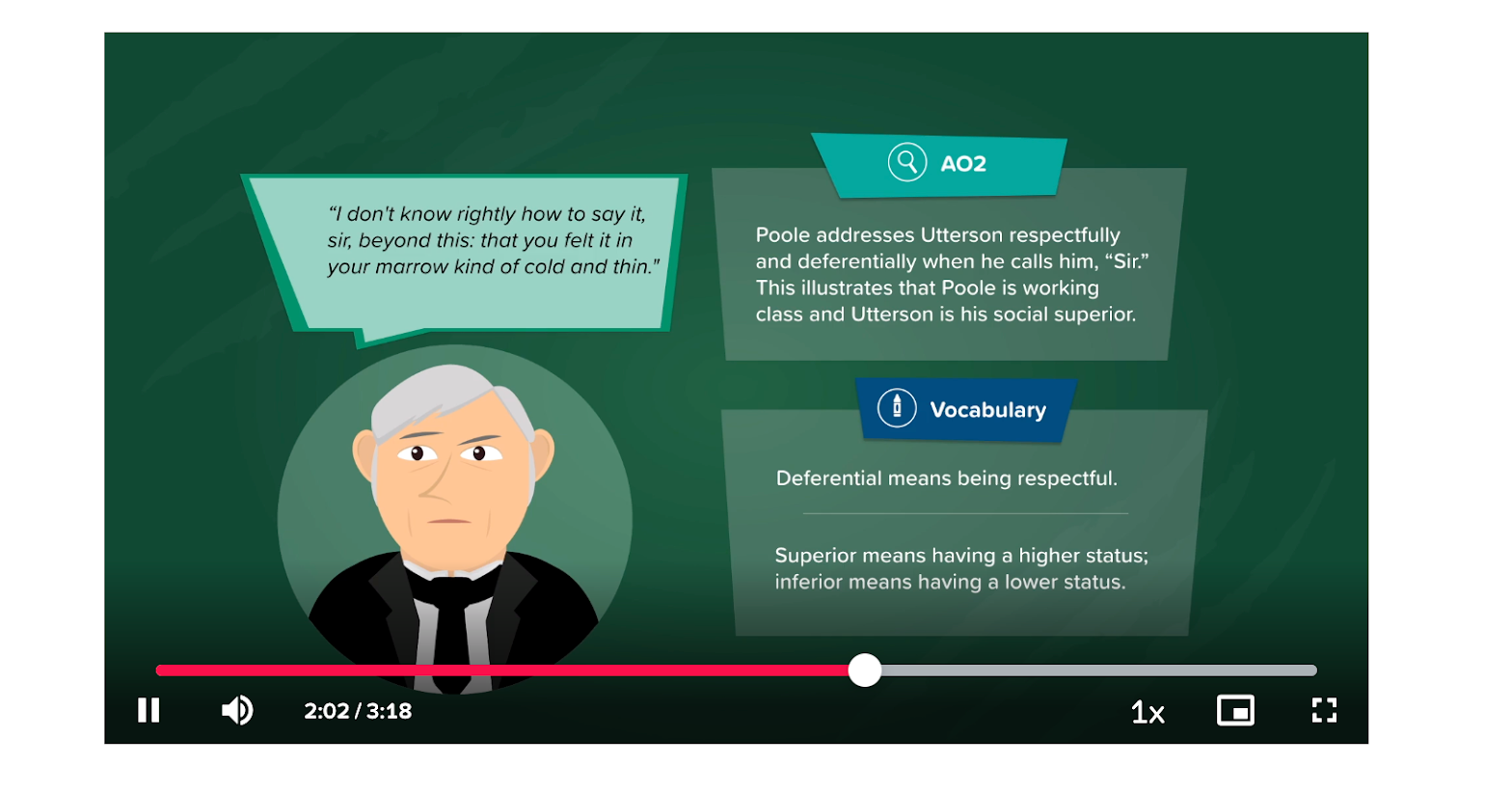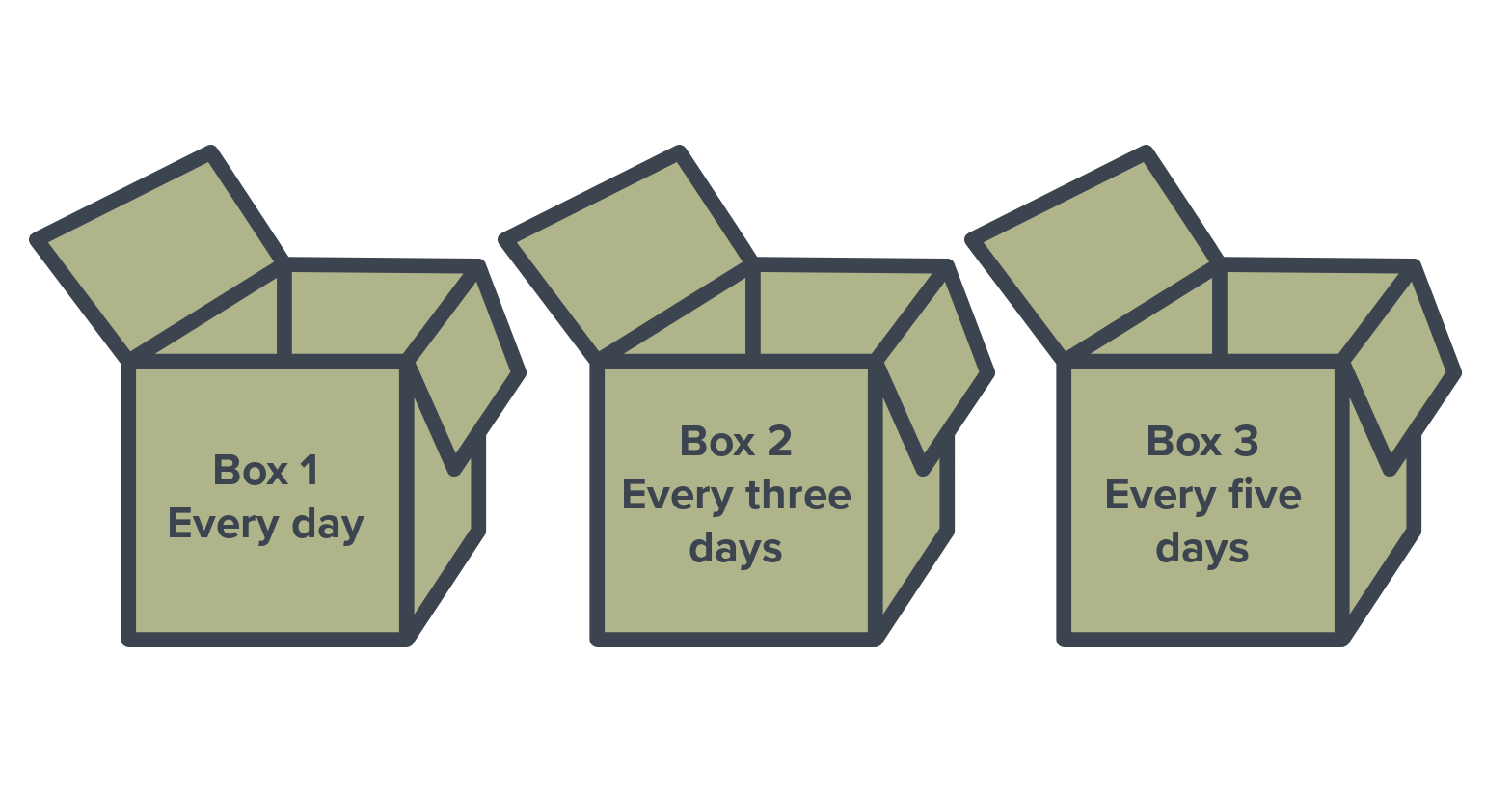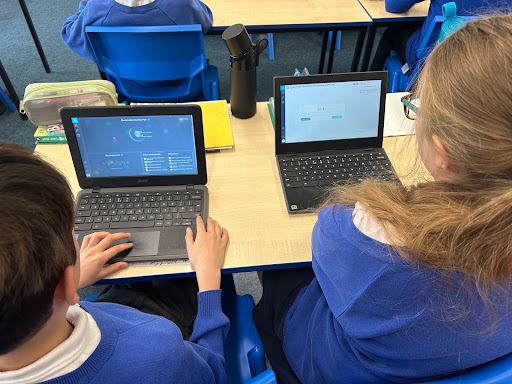Estimated reading time: 13 minutes
When CENTURY Science Curriculum Specialist Camilla Turze was working as a Science Teacher, she became increasingly frustrated by how unmotivated her students were to revise. In a bid to help them focus on this more effectively and less begrudgingly, she set out to explore what the research says about revision, and how this can be put into practice in a more engaging way. In this blog post, she shares some of these top tips and techniques to help you prepare your students for their GCSE exams this year.
During my time as a teacher, I often found it a struggle to get students to revise effectively. In fact, getting students to revise at all was often something I had to contend with.
In a mission to change this, I started researching revision strategies and reading about concepts like spaced practice and retrieval practice, and how these could improve students’ memory and ability to learn.
Once I had completed my own research, I was able to make some key changes to my revision approach with my classes - and learned some helpful lessons in the process. Here are a few tips for teachers who may be facing similar challenges.
Top Ten Techniques for Revising Effectively
Prior to introducing retrieval practice and spaced practice, the students and I would create a list of techniques they could use when revising from their class notes and/or text book. The aim of this was to provide students with a range of techniques or activities that involved actually doing something with the information they needed to learn, rather than just looking over it.
Below is a list of the techniques that were most popular with my students, but it is certainly not exhaustive:
- Draw pictures or diagrams and then add labels around them (this is perfect for dual coding).
- Write out information in the form of a poem, mnemonic, as song lyrics or in the form of a cartoon strip.
- Write facts or keywords on a sticky note or a mini whiteboard. The sticky notes can be stuck in numerous places, allowing learning to be done almost anywhere.
- Model processes and objects using Play Doh, Plasticine or another type of modeling clay.
- Record yourself reading aloud from a textbook or your class notes and then listen back to the recordings.
- Create flashcards, quizzes and crosswords.
- Make mind maps. Mind maps can be tricky to get right, but this factsheet from the University of Nottingham is a really useful resource to help students create effective ones.
- Teach a topic to a friend, parent/guardian or other family member. This can be done in person or on a video call.
- Answer a set of questions or complete a ready-made test or quiz. This can also be done with friends over video call which can add a fun, competitive edge to it. Students with access to CENTURY can use the question sets in each micro-lesson to assess themselves.
- Watch videos or animations on BBC Bitesize or YouTube, and pause the video every so often to write yourself a question that you can answer at a later stage. Again, students with access to CENTURY can watch the videos provided in the learning material of each nugget.
Embedding understanding of different revision strategies
Once I had made a list of engaging activities with my students, we discussed the structure of their revision sessions. For example, we would talk about revision sessions being no more than 30 minutes each, and having a break between each session.
We would then talk about the learning theories I had researched, and how - using the techniques we had discussed - we could focus on spacing learning over a week, several weeks or even months (depending on the year group and time of assessment they need to revise for), rather than just revising a few days in advance of their exams (or even the night before!).
Crucially, we then discussed why they should do this. We spoke about how revisiting topics, concepts or ideas in spaced-out sessions over a long period of time allows our brain to move information to our long-term memory. This in turn makes it easier to recall the information when necessary, i.e. during a test or exam.
I would also introduce the idea of retrieval practice by suggesting that students use one revision session to go over their class notes or the relevant pages of a textbook, and then wait a few days to try and recall what they had learnt using one of the techniques from the list we had created. I found this to be an effective way of getting students to try out spaced retrieval practice. If students were nervous about not having any prompts at all when they were retrieving the information, I would suggest they make flashcards or multiple-choice quizzes and use them as their recall material.
For students feeling even more adventurous, I would suggest using their acting or sports skills to retrieve information. For example, if they like performing I tell them they could act out a scientific process or even part of a play that they need to know for the English Literature exam. Alternatively, if they fancy doing some keepy-uppies, then they could recall key words or steps of a process every time they kick the ball up.
We also discussed how important it is to check the accuracy of the information they have recalled by looking back in their textbook or class notes, looking at a mark scheme (if applicable), or asking their teacher or a friend.
More advanced revision strategies to explore
The Leitner System
The Leitner system is a method for the effective use of flashcards and spaced retrieval, created by German science journalist Sebastian Leitner. It can be used with pretty much any topic in any subject. To implement this method, students need to create at least three study boxes, labeled as follows:
All the flashcards start in box 1. Students then start trying to recall the fact they have written on each card. The ones they get right move into box 2, and any they get wrong remain in box 1, to be revisited the next day. Any flashcard that is moved to box 2 is not revisited until three days later. If they get information right on cards placed in box 2, they can then move them to box 3 and revisit those in five days. If students cannot recall information from the flashcards in boxes 2 and 3, they have to move them back to box 1 and start the whole process again.
This is a great way to help students strengthen their knowledge and understanding of key concepts and students can use any type of box so this method doesn’t require many resources.
Elaborate on Elaboration
This strategy is worth covering in class because it involves getting students to link a topic, concept or idea with their own experiences, memories and day-to-day life, which helps to retain the information they are learning.
Similarly to interleaving, elaboration requires students to make links between topics or concepts, which is particularly important given that exam boards often expect students to demonstrate this skill in their extended response or ‘linked’ questions.
Associated with elaboration is a technique called the method of loci (Horvath, 2019, p. 53). Loci is Latin for places, and the method involves ‘placing’ facts in a familiar room or location and then mentally walking around the room or location, recalling the facts when they are seen. For example, if you are trying to learn Spanish, you might place one word (reloj, which means ‘watch’) by the front door in your house and another word (gato, which means ‘cat’) in the hallway, and so on.
What makes this technique even more interesting and fun, and possibly a little harder, is replacing or associating each fact with an image — the more absurd and imaginative, the better — before ‘placing’ them in different areas of the room or location. This means that you might have a panda wearing a watch whilst sitting on a lilo, to help you remember ‘reloj’. This method is not just suited to learning a language; it could be used for memorising key facts, processes or concepts in almost any subject and across all qualifications.
Using CENTURY for spaced retrieval practice
CENTURY is a great way for students to use spaced retrieval practice, as they can go back to any nugget (micro-lesson) they have already completed and try the questions without looking at the learning material. The platform’s memory boost function also continually brings nuggets that students have previously completed back into their personal recommended pathway to facilitate memory retention.
Book a demo to find out how CENTURY can boost your students’ revision strategy.
References
Six Strategies for Effective Learning. Materials for Teachers and Students: https://www.learningscientists.org/downloadable-materials
Smith, M., & Weinstein, Y. (1st September, 2016) Learn How to Study Using…Dual Coding: https://www.learningscientists.org/blog/2016/9/1-1
Sumeracki, M. Dual Coding and Learning Styles: https://www.learningscientists.org/blog/2019/6/6-1
Smith, M., Weinstein, Y. Learn How to Study Using… Elaboration. The Learning Scientists: https://www.learningscientists.org/blog/2016/7/7-1
But what about multiple choice? (1st February, 2018). Retrieval Practice: https://www.retrievalpractice.org/strategies/2018/multiple-choice
Gromada, Jess. The Leitner System: How Does it Work? (20th January, 2021). MindEdge: https://www.mindedge.com/learning-science/the-leitner-system-how-does-it-work/
AQA Our exams explained. GCSE science exams from summer 2018. (Version 2.0 September 2016): https://filestore.aqa.org.uk/resources/science/AQA-GCSE-SCIENCE-EXAMS-EXPLAINED.PDF
AQA Advance information June 2022 GCSE Combined Science: Trilogy (8464). (Version 1.0): https://filestore.aqa.org.uk/content/summer-2022/AQA-8464-AI-22.PDF
Pearson Edexcel Level 1/Level 2 GCSE (9–1). May–June 2022 Assessment Window. Combined Science Advance Information (2022): https://qualifications.pearson.com/content/dam/pdf/GCSE/Science/2016/teaching-and-learning-materials/W73065_GCSE_Combined_Science_1SC0_AN_Accessible_version.pdf
Horvath, J. C. 2019 Stop Talking, Start Influencing Exisle Publishing Pty Ltd.






